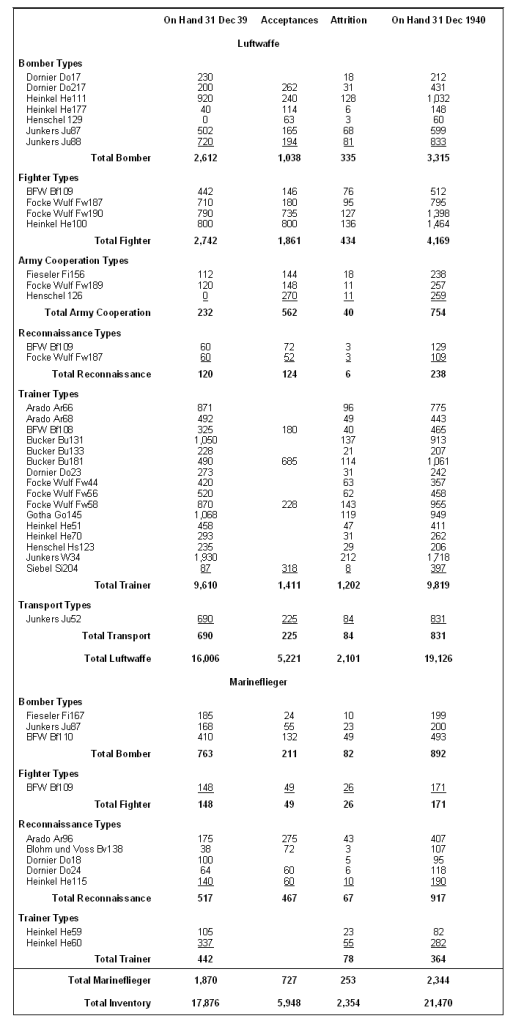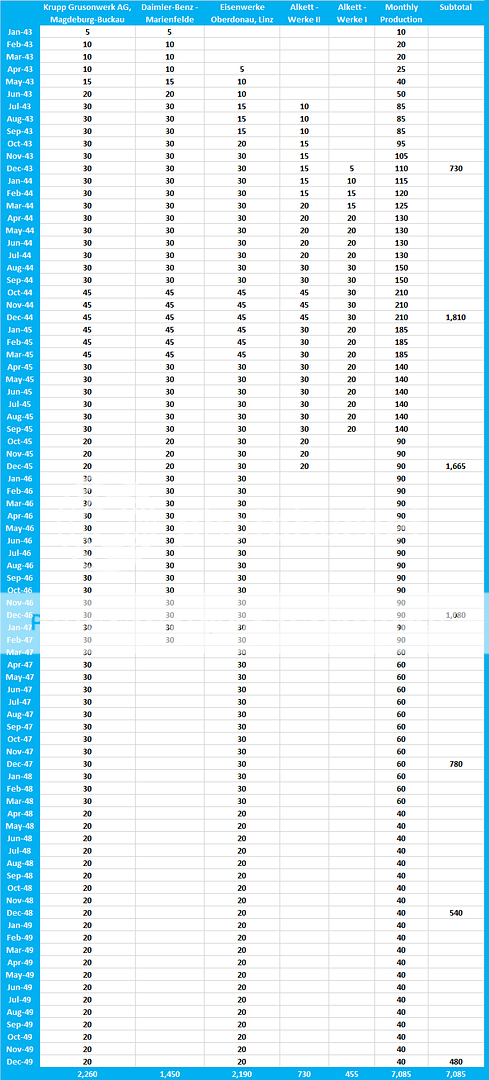Broadcast communications in Germany is carried out by the Reichs Radio Gesellschaft (National Broadcasting Corporation) under the auspices of the Deutsches Reichspost. The national headquarters of the Reichs Radio Gesellschaft is located in the Haus der Rundfunk (Radio House) in Berlin, but a number of regional subsidiaries provide services across the nation, comprising:
Bayerischer Rundfunk GmbH, München
Hessischer Rundfunk AG, Frankfurt
Mitteldeutsche Rundfunk AG, Leipzig
Norddeutsche Rundfunk GmbH, Hamburg
Ostmärkische Runkfunk AG, Wien
Ostpreußen Rundfunk AG, Königsberg)
Saarländischer Rundfunk AG, Saarbrücken
Schlesische Rundfunk AG, Breslau
Süddeutsche Rundfunk AG, Stuttgart
Westdeutsche Rundfunk AG, Köln
The subsidiary company Deutsche Welle GmbH provides international short and long-wave broadcast services from Berlin, using the transmitting station at Königswusterhausen.
National and regional wireless broadcasting services provide a wide variety of news, cultural and entertainment broadcasting for the populace of Germany. Foreign language services are also provided; Deutsche Welle provides news broadcasting in English, French and Spanish, while regional foreign language broadcasts include that of Norddeutsche Rundfunk (English, Danish and Nordmarkish), Ostmärkische Rundfunk (Hungarian, Italian and Serbo-Croatian), Ostpreußen Rundfunk (Polish), Schlesische Rundfunk (Polish) and Saarländischer Rundfunk (French).
In 1934 broadcast television services were introduced to the general public, operating from the Fernsehsender "Paul Nipkow" in Berlin. The first major event to be broadcast was the 1936 Olympics, with an estimate of more than 160,000 viewers.
The popularity of broadcast services has provided incentives for the German electronics industry to introduce many models of wireless receiving sets as well as several models of television sets. Funding of the Reichs Radio Gesellschaft is obtained from the annual licence fees paid by the owners of wireless and television receivers, and the growing sales of such equipment have provided the national broadcast system more than sufficient funding for its operation and growth. The strength of the broadcast communications market can be seen in the growth in the numbers of registered receiving sets: in 1923, at the commencement of operations, the number of registered receiving sets numbered but 9,000 units; one year later that had risen to 780,000, and to 1,200,000 in the following year. A milestone of 4,000,000 registered units was reached in 1932, and in 1939 no fewer than 13,000,000 receiving sets were registered with the Reichs Radio Gesellschaft.


